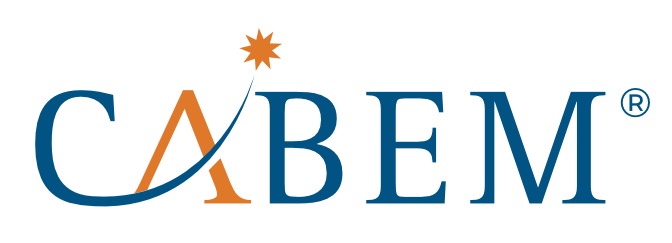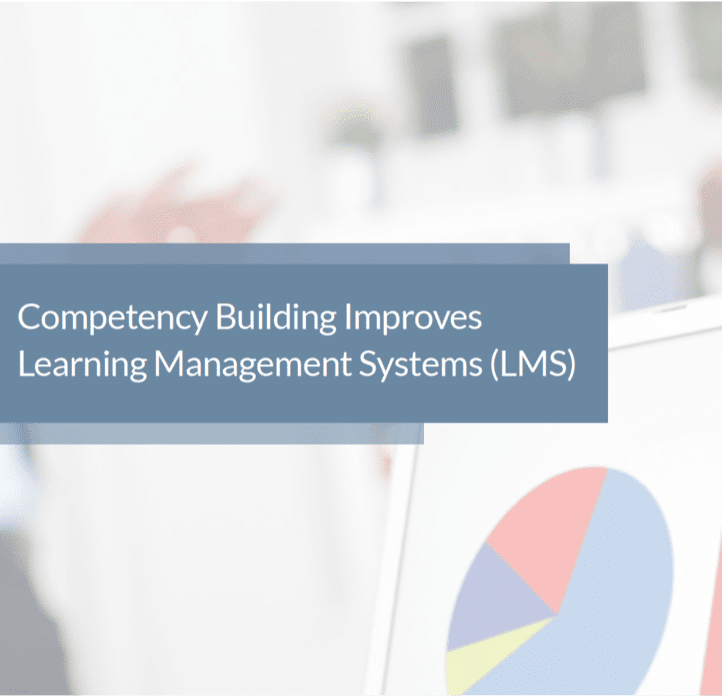Introduction
Learning Management Systems (LMS) are utilized by countless organizations to train employees throughout various stages of their careers. But according to recent studies, they may not be as effective as once believed. A survey by the Brandon Hall Group found, “44% of companies are looking to replace their LMS within the next two years.” And, unless changes to their technology strategy are made, “they will most likely find themselves perennially in the replacement group.”
In an effort to address these shortcomings, progressive organizations are focusing more on managing competency rather than relying on traditional training methods. Conventionally, companies have used LMS’ to train their employees for specific roles. But their capability usually ends with administering and grading tests such as true or false and multiple choice.

How a Competency Management System is Different From an LMS
A competency management system takes this further and proves that the employee who has passed a test is also competent to perform his/her role through objective evidence. As stated in an article from the International Journal of Manpower “The competency approach to human resource management is based on identifying, defining and measuring individual differences in terms of specific, work-related constructs, especially the abilities that are critical to successful job performance.” When managing competency, the focus shifts from pass/fail test-taking to a more comprehensive analysis of the capabilities and expertise of both employees and jobs. These include skills, qualifications, and even behaviors.
While completing a module and passing a test is still an acceptable form of employee training, it is not enough in the modern workplace. A trained employee is not necessarily always a competent one, which we discussed further in our article trained vs. competent. Being able to prove and sign off on an employee’s competence gives a company the peace of mind that their team is completing tasks effectively and safely. Mark Homer, in his article Skills and Competency Management, says, “It is most important to identify which particular set of key skills is required for the business to achieve its strategic goals.” He is emphasizing the importance of capturing distinct hard and soft skills (competencies) to ensure employee training and management align with the priorities of the enterprise. These competencies can be grouped in various ways such as by role, by department, by team, by physical location, and more.
Competency-based Systems Make Trainings Flexible
Multiple completion methods of competencies are necessary to provide employees the ability to prove their competency to a specific group in a variety of ways. The Institute for Learning Styles Research has identified seven styles in which people learn. These include:
- Print: Printed or written words.
- Aural: Refers to listening.
- Visual: Seeing visual depictions such as pictures or graphs.
- Haptic: Refers to the sense of touch.
- Interactive: Refers to verbalization.
- Kinesthetic: Whole-body movement.
- Olfactory: Refers to the sense of smell and taste.
These many preferred ways of learning will also affect the ways in which people prove something has been learned and retained. Current LMS’ do not provide flexibility to learners who struggle with traditional test-taking and therefore cannot provide a clear picture of competency within an enterprise.
Managing competency enables team members to not only prove they are competent to their current role, but to also continually improve their knowledge, skills, and behavior, all while addressing their unique learning styles. Additional techniques for competency signoff in modern systems include manager and subject matter expert (SME) signoff, witnessing, performance assessment, certification and documentation, attendance, and even user signoff. These methods can be independent or mutually assigned to ensure employees are fully competent.
Keeping track of all of this information has proven to be a daunting task for many industries, especially heavily regulated ones that must be compliant with ISO, OSHA, and other standards. For this reason, a comprehensive competency management system should come equipped with gap analysis, risk management, and metrics modules that provide efficient and systematic visibility into the enterprise. Gap analysis allows administrators to easily view the number of missing competencies required for employees to satisfy a specific role. And with risk mitigation features, managers can assign a risk priority number (RPN) to individual competencies, making it easier for administrators to focus on higher risk action items.
Our Solution to this Problem is the Competency Manager
Due to this emerging trend of businesses towards competency-based learning, and away from traditional LMS’, we have developed a software system that specifically addresses this need, called the Competency Manager. The product is derived from our existing LMS and provides an enterprise framework for competency. It gives an organization the ability to assign customizable competency programs for their workforce, allowing you to train employees, identify pathways to success, manage risk, and increase efficiency at all levels of the organization. To find out more, request a demo.
Other articles that may interest you:
Competency Management is the Future of Learning and Development

